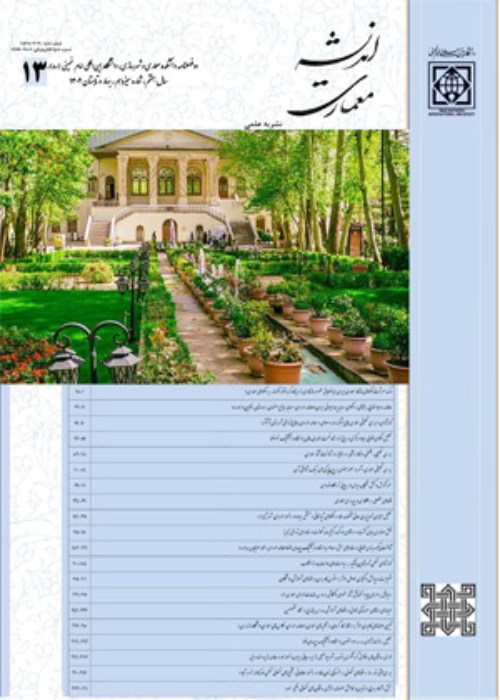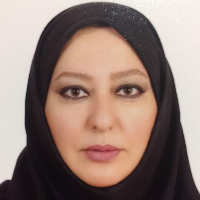Study of spatial-social relations in the pattern of Four-Iwan Mosques in Iran(Case study: Isfahan, Ardestan, Qazvin and Zavareh Grand mosques)
As one of the most important pillars of the Islamic city, in the early days of Islam, the mosque, as the first social institution, had several functions. In addition to its most important function (worship), it also involved educational, military, and social activities. One of the aspects of live relations and dynamic interactions of the mosque is the spatial features of architecture and the type of spatial relations. , it also involved educational, military, and social activities. One of the aspects of live relations and dynamic interactions of the mosque is the spatial features of architecture and the type of spatial relations.The main research question, How the syntax, the spatial relationship and the structural coherence of each of the elements of the mosque, including the entrance, the courtyard, the naves, the porch and the dome, and the role of each on the social relations in the mosques. The purpose of this study is to identify the spatial relationships in four- Iwan mosques that can be influence by the components of spatial structure, structural continuity and some space syntax parameters such as selection, connection, depth and integration of the main spaces of the mosque. According to the theory of space syntax, the arrangement of spaces next to each other has a direct effect on how space is used and it can be the foundation of social relationships. The process of this study examined four examples of Four-Iwan mosques (Qazvin, Ardestan, Zavareh and Isfahan) and by using content analysis methods and logical reasoning strategies, it shows that some of the most important concepts related to the spatial features of architecture can be organized under a comprehensive concept called "spatial relations". In this regard, after explaining and structuring the desired concepts, using analytical tools, these concepts have been tested on examples of Grand mosques .The research findings indicate that the type and relationship of the chain of spaces that are formed in the connection and structural and visual coherence, In order to continue the series, they can access different parts of the building and have a coherent structure and functional divisions of space be effective in opening or limiting social relationships, on the other hand, the existence and arrangement of the elements of the courtyard, the porch(Iwan) and the proportions of spaces in the internal structure of Four-Iwan mosques and in the space organization, it has increased the spatial classification that the results of this indicator increase the selectivity, spatial communication, permeability and different areas and thresholds are being formed as a result, users will experience a more tangible range of spatial spaces, from privacy to collective space which achieves the desired level of usability of the space. spatial communication, permeability and different areas and thresholds are being formed as a result, users will experience a more tangible range of spatial spaces, from privacy to collective space which achieves the desired level of usability of the space.
- حق عضویت دریافتی صرف حمایت از نشریات عضو و نگهداری، تکمیل و توسعه مگیران میشود.
- پرداخت حق اشتراک و دانلود مقالات اجازه بازنشر آن در سایر رسانههای چاپی و دیجیتال را به کاربر نمیدهد.




